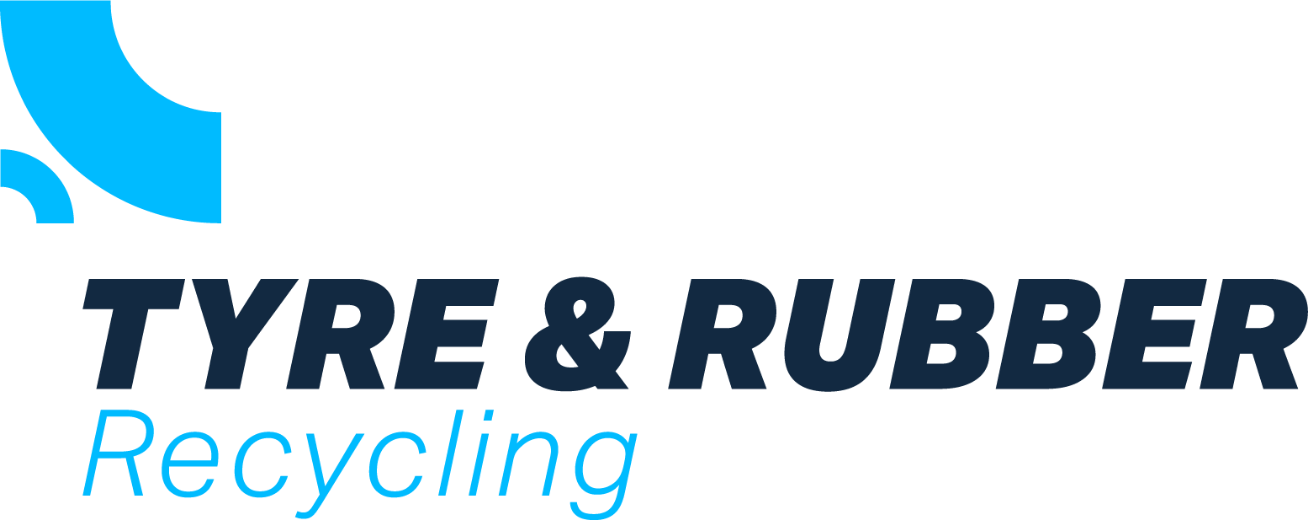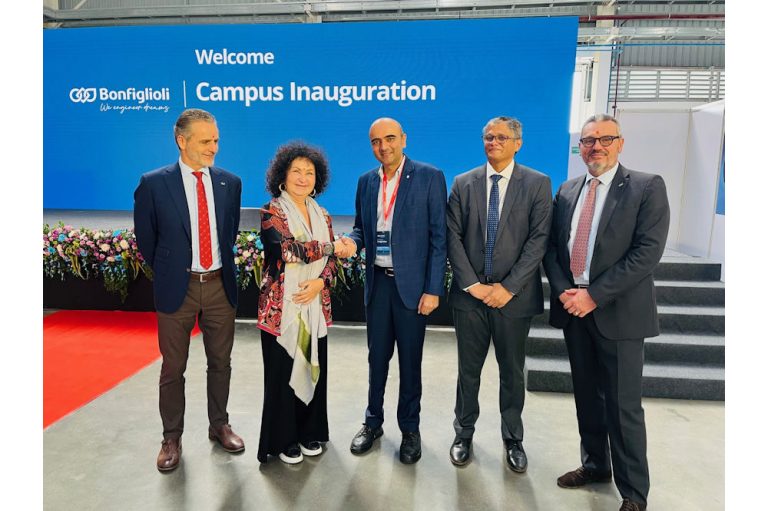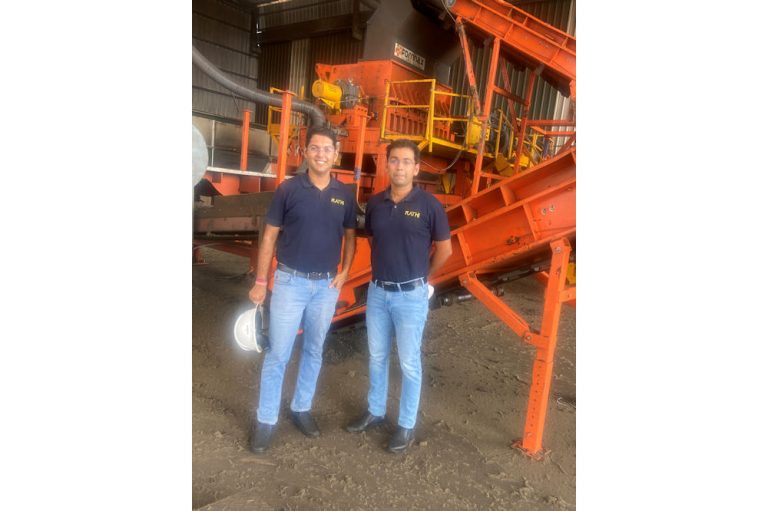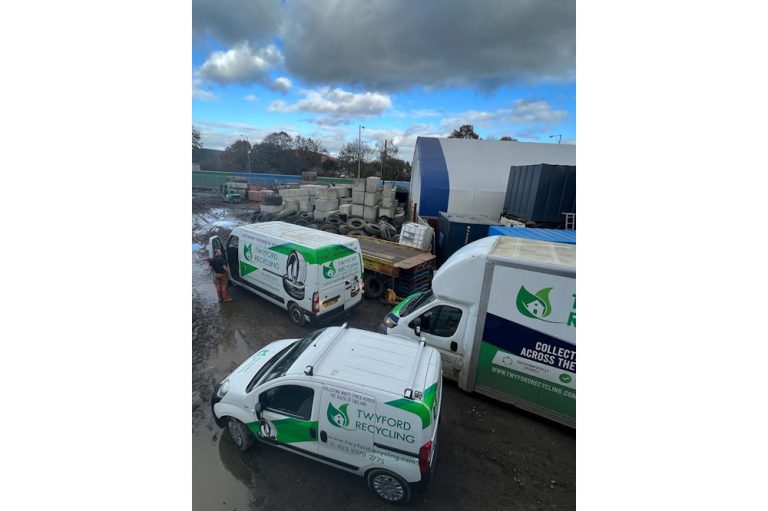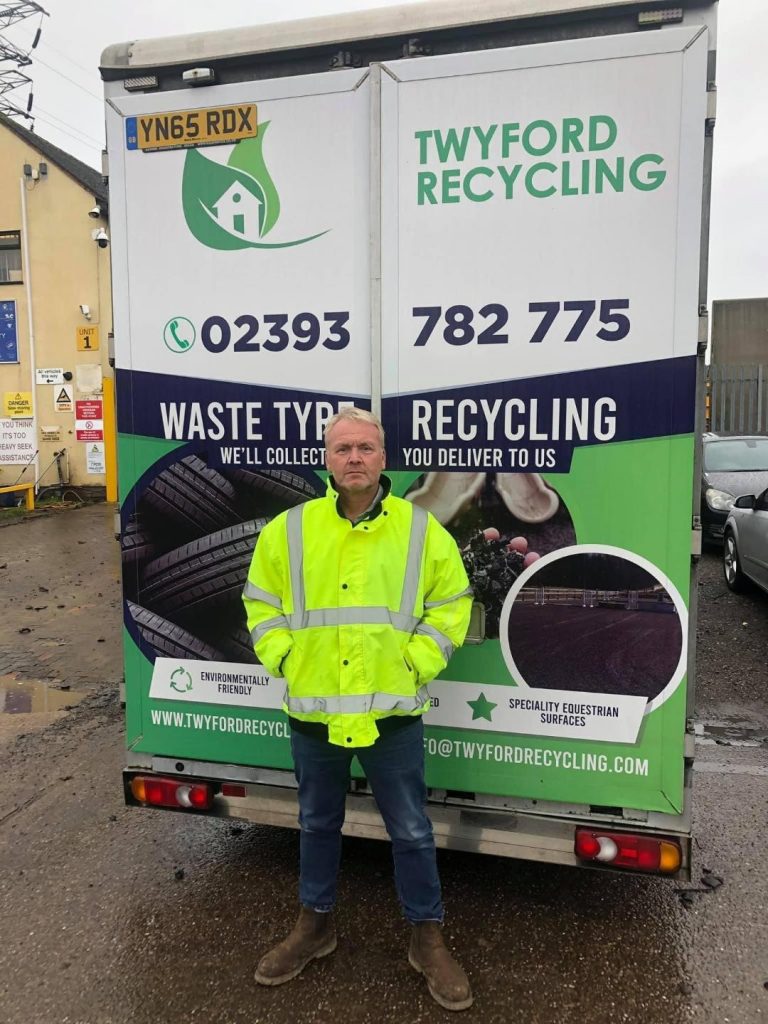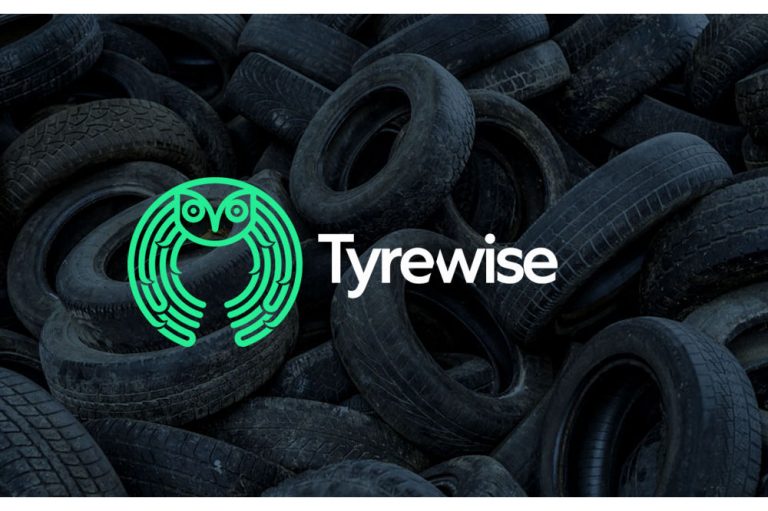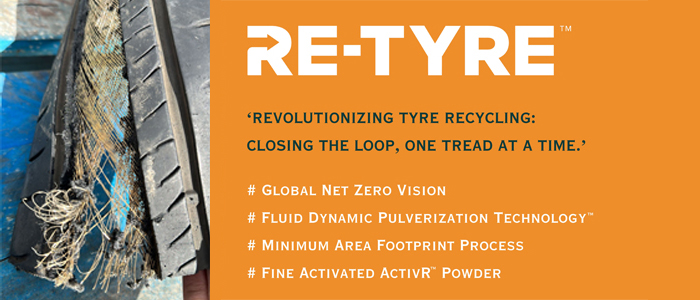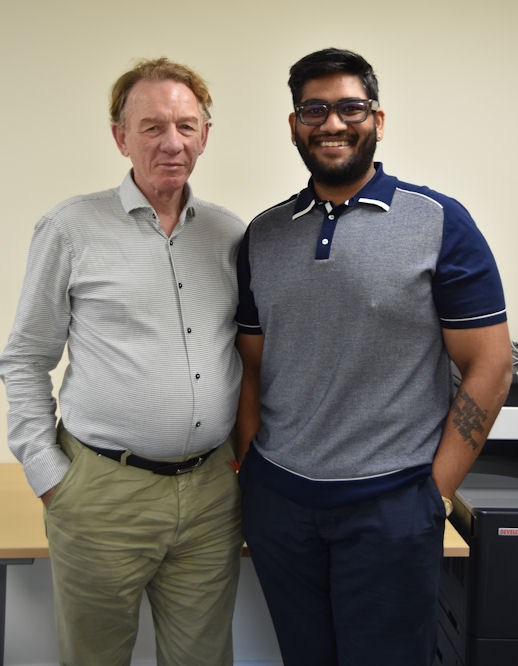The Central Pollution Control Board (CPCB) has categorised 242 industrial sectors into red, orange, green & white categories and directed all State Pollution Control Boards & Pollution Control Committees (SPCBs/PCCs) for its adoption and implementation
CPCB issued directions under 18(1)(b) of the Air and Water Act on 07.03.2016, regarding ‘Harmonisation of classification of industrial sectors under Red/Orange/Green/White categories’.
Now, CPCB Committee on categorisation of industrial sectors, in its meeting held on 23rd October 2023, categorised Tyre Pyrolysis Oil (TO) industries as ‘Orange’, applicable for advanced batch automated process/continuous TPO units.
“All the existing batch type tyre pyrolysis units have to upgrade into new technology plants named “advanced batch automated process” (ABAP) type tyre pyrolysis oil (TPO) units. ABAP type and continuous process type TPO units will be categorised in Orange category. It will be easier process to get new consent to establishment and operate as compared to earlier pollution norms. ABAP type units are environment friendly,” said Satish Goya,l President of TRRAI (Tyre & Rubber Recyclers Association of India)
The concept of categorisation is based on the “Precautionary Principle”, which focuses on potential of industries to pollute the environment. The purpose of categorisation is to ensure that the industry is established in a manner consistent with the environmental objectives and to prompt industrial sectors to adopt cleaner technologies, ultimately resulting in generation of minimum pollutants.
Units are required to follow a Standard Operating Procedure (SOP) issued by CPCB/MoEF&CC (Ministry of Environment Forest & Climate Change) for production of pyrolysis oil from waste tyres.
All SPOBS/PCCs are directed to adopt and implement the categorisation of Tyre Pyrolysis Oil (TPO) industries.
Air pollution potential is due to (i) combustion of fuels (wood, pyro-gas, pyro-oil, etc.) to heat pyrolysis chamber, (ii) fugitive emission of pyro-gases, (ili) release of excess pyro gases, (iv) fugitive emission from handling of carbon residue, and (v) odour nuisance. As the sector is mainly air polluting and generates hazardous waste, scores are normalised to 100.
In order to encourage the shift towards less polluting industries and cleaner technology options, resulting in improvement in their environmental performance, methodology for classification has been revised, by addressing the issues such as scoring methodology as well as the formula for computation of pollution index, weightages assigned to the scale of operations, consideration to cleaner technologies/fuels etc.



